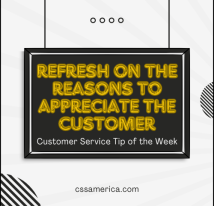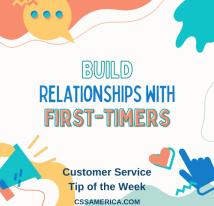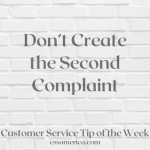If you would have spoken with 10 administrators 10 years ago in the world of higher education – from community colleges to universities – you could have easily spoken for 2 hours about their priorities without student retention ever being discussed.
My, how times have changed.
It seems that more and more often, retention is discussed whenever goal-setting for enrollment is the topic. Retention rates are part of the performance dashboards. Retention strategies are developed with some similar planning focus to marketing strategies.
And why is there all of this focus on retention? Because these institutional leaders – just like smart businesspeople – understand that retention means dollars. Retention means less effort in recruitment. Retention means less hassle in dealing with student complaints and turnover. Retention means less change to address. Retention means a faster path to success.
Not all educational institutions get it, however, when it comes to retention. An organization that truly gets it understands that successful retention strategies require a great deal of research with current students on retention drivers, likelihood to stay, preferences, and satisfaction levels. Research is required on former students to determine the true loss reasons for controllable exits. Strategies need to have a component to look at the relationship-building structures and processes which need to be put into place to develop relationships with students and to quickly identify students at-risk of leaving.
Strategies need to be created to address internal cultural issues and priorities that currently run counter to the goal of retention. And measurement strategies need to be adopted to ensure that issues and solutions are identified early enough to be addressed.
An education-based retention strategy needs to have the concerted effort and focus that balances internal culture with external relationship building, where all the key impact drivers of retention are measured.
Do you have a truly comprehensive retention strategy?
Interested in improving your company’s customer service? See more information at: http://www.cssamerica.com/





















